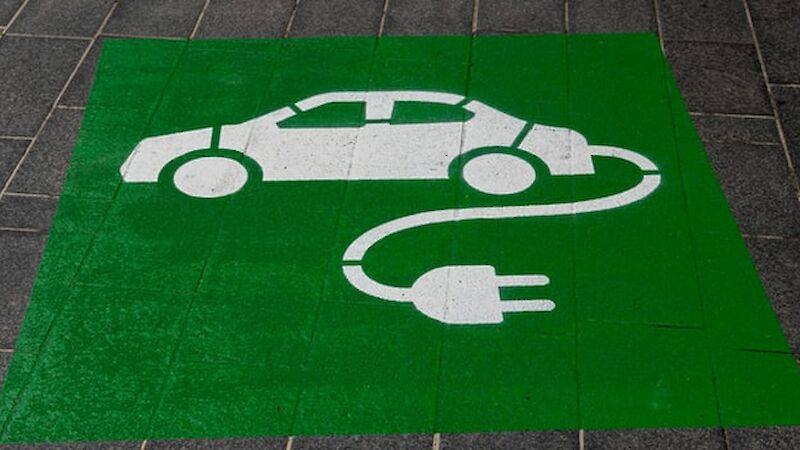The electric car market is growing rapidly, and it's predicted that by 2025, electric cars will make up a quarter of the total car market. So naturally, this means that more and more people will be looking for ways to charge their electric vehicles at home. The good news is that installing an electric car charger in your home can be fairly simple. In this post, we'll go over how to install an electric vehicle charger so you can take full advantage of this opportunity.
Figure Out Your Home's Electrical Layout
The first and most important step to installing an electric car charger is understanding your home's electrical layout. Trust me, you don’t want to deal with the danger of being shocked by not doing your own research! So to avoid that, you need to know how many circuits you have, which ones are grounded versus ungrounded, if each circuit has a GFCI breaker, etc... Especially important is your home's grounding system. An improperly wired grounding system can be catastrophic. If you are unsure, we can schedule our trained electricians to inspect it for you. The more knowledge you have of your home's power system, the easier it will be for you to set up your new charging station in a safe manner and protect your new investment !!
Understand Electric Car Outlet Requirements
Next, you'll need to know what your home charging station will require. There are three types of electric car chargers:
Level I Electric Car Chargers
These are the most basic kind and only need a properly grounded and dedicated outlet (meaning it has no other outlets on the circuit).
Level II Electric Car Chargers
This type requires 240 volts AC service like your clothes dryer or oven might use. You'll also need to make sure you have a 40-amp circuit breaker; otherwise, the electric car charger won't work.
Level III Electric Car Chargers
These are for use at public charging stations and tend to be very expensive. Therefore, they're not recommended unless you plan on using your electric car primarily at an RV park or other similar facility with access to this type of outlet.
Pick The Charging Location
The next thing you'll need is a good location in your home for the new installation. You want it as close as possible, both physically and electrically, to where your vehicle will charge so that there isn't any unnecessary loss of energy due to either system being too far away from each other. This can cause your car to charge slower, and the battery can heat up if it's too far away.
Where Should I Install My Charger?
The best place to install your electric car charger is in a garage if you have one. If not, the next best option would be outside your home since there are fewer opportunities for humans or pets to come into contact with live wiring that could cause an accident.
Getting Help Installing Your Home Charging Station
Okay, so you probably think that this is a lot to take in. But don't worry because we are here to help! We can assess and install an electric vehicle charger location for your home or business at any time, and it's not as hard as you think. So, if the surge in electric vehicles has piqued your interest, then contact us today. Let Consolidated Hudson Electric be of service today by installing a home charging station in your residence or commercial space.
